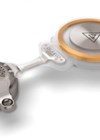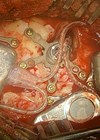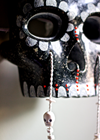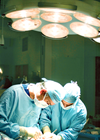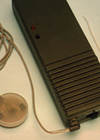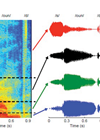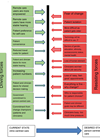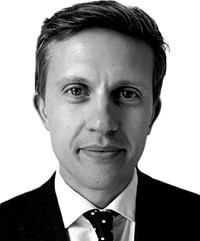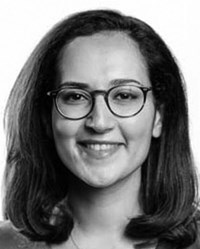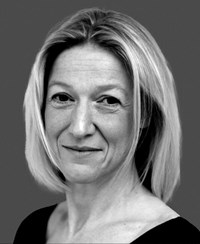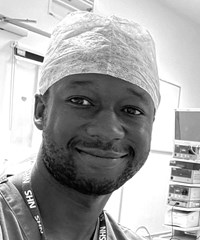ENT features
Anaesthesia for excision of vestibular schwannomas
The ‘shared airway’ relationship between ENT surgeons and anaesthetists is well documented. But ENT surgery and anaesthesia interact in numerous other ways, particularly in complex skull base surgery. What do our anaesthetic colleagues want us to know about vestibular schwannoma...
Hearing rehabilitation after vestibular schwannoma surgery
Hearing rehabilitation is a key focus of the management of patients with vestibular schwannoma. But how do we rehabilitate hearing when the cochlear nerve has been damaged by tumour, irradiation, or resective surgery? Mathieu Trudel, Scott Rutherford and Simon Lloyd...
Ossicular reconstruction
Ossicular reconstruction often yields disappointing results, even for the most experienced and skilled of otologists. John Dornhoffer and David Walker explain that the most important determinant of outcome is the patient’s middle ear environment, and offer some valuable words of...
Active middle ear implants and bone-anchored hearing systems
The implantable hearing device market has grown significantly over recent years. But as conventional hearing aids improve and cochlear implant candidacy widens, what is the role for active middle ear implants and bone anchored hearing systems, and how should we...
Shifting paradigms – how a visionary can change a specialty
The Tarabichi-Stammberger Ear and Sinus Institute came about because of a close working relationship and friendship between two senior figures in the specialty. Professor Muaaz Tarabichi tells us the story. My first meeting with Heinz Stammberger was in 1988 in...
Matthew Clark: full-time otologist, spare-time sculptor
Drilling a temporal bone may seem like torture to some trainee surgeons. To others it is but a stepping stone to something altogether grander... I took Art A-level a year early so as not to interfere with the ‘important subjects’,...
True Cut – a dramatic biopsy from the world of surgery
True Cut is a stage play that asks: “What happens when things go wrong in healthcare?” It brings the hidden world of the operating theatre onto the theatre stage. ENT surgeon, David Alderson, talks about how the play came about....
BACO International 2018: Key Speakers
Prof Aldo C Stamm, MD, MSc, PhD Anatomy of the paranasal sinuses and skull base, and breaking the paradigms in severe spontaneous epistaxis It is a true honour to participate as an invited faculty member at the upcoming BACO International...
Cochlear implants: recipient stories
The most powerful evidence for the remarkable achievements made with cochlear implants over 40 years comes from the life-changing, personal stories of those who have benefited from the technology. James Rylance I first noticed a problem with hearing when I...
Multi-channel cochlear implants: past, present and future
Forty years since the first multi-channel devices were implanted, who better than Ingeborg Hochmair, who has been a key figure throughout their evolution, to offer her thoughts on the past, present and future of multi-channel cochlear implants? Read on for...
Improving cochlear-implant performance in the short- and medium-term
Can bespoke cochlear implant programming strategies reduce the variability seen in patient performance with an implant? Bob Carlyon reviews the current situation and gives us a glimpse of the future. Although many cochlear implant (CI) patients understand speech well in...
Cochlear implant care: putting patients in charge
Should patients take charge of their own cochlear implant care? Helen Cullington presents a compelling case that will provoke discussion in implant centres. Around 1400 people receive a cochlear implant in the UK each year. Patients require lifetime annual follow-up...



